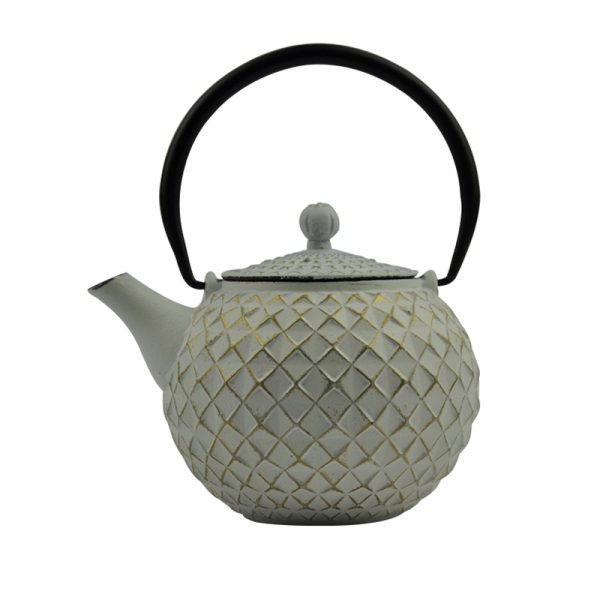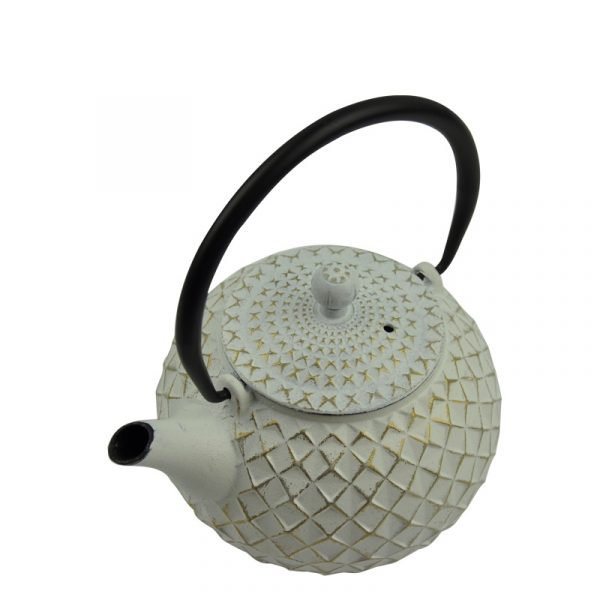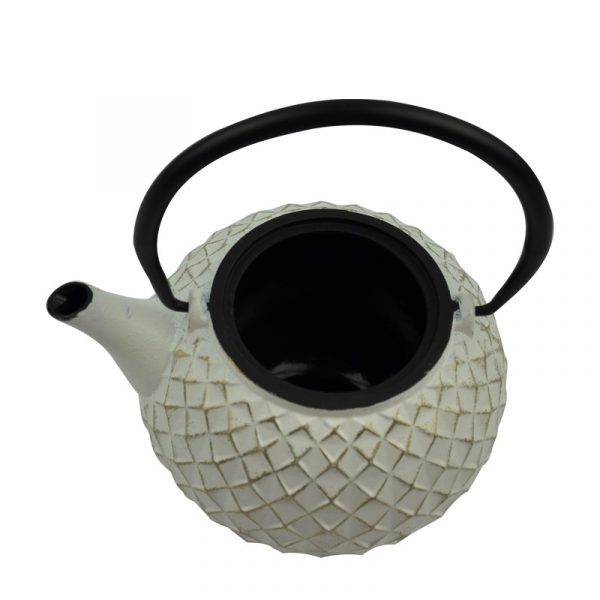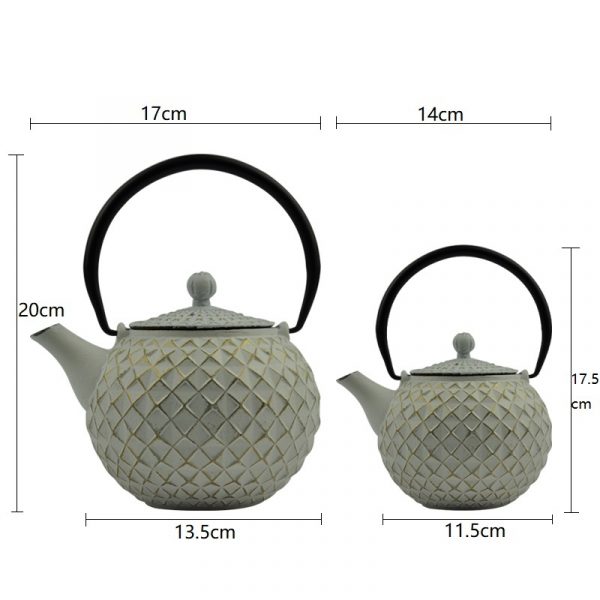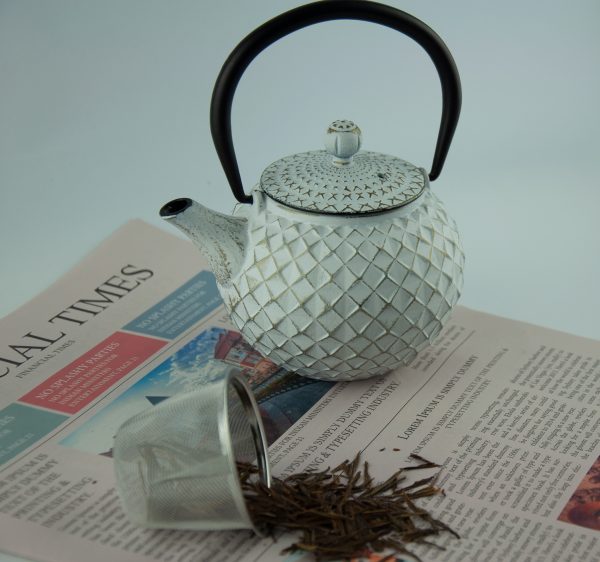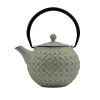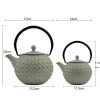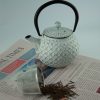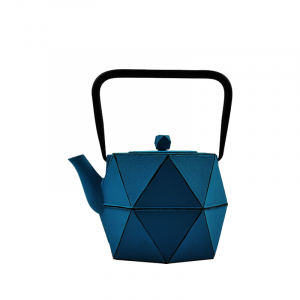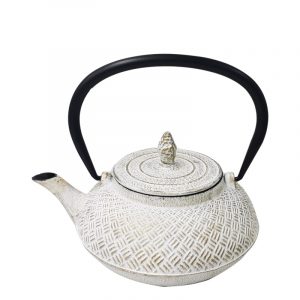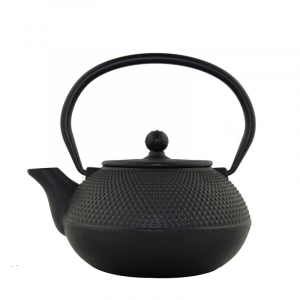Tel:+86 18994060792
描述
ANTIQUE JANANESE CAST IRON TEAPOT.
Tetsubin are Japanese cast-iron kettles with a pouring spout, a lid, and a handle crossing over the top, used for boiling and pouring hot water for drinking purposes, such as for making tea.
Tetsubin are traditionally heated over a charcoal fire. In the Japanese art of chanoyu, the special portable brazier for this is the binkake . (See list of Japanese tea ceremony equipment). Tetsubin are often elaborately decorated with relief designs on the outside. They range widely in size, and many have unusual shapes, making them popular with collectors. A relatively small tetsubin may hold around 0.5 litres of water; large ones may hold around 5 litres.
Tetsubin can be found in many colors with various designs and patterns such as this red one that has symbols depicting each of the four seasons for good luck.
A frequently seen variant is a cast-iron teapot that outwardly resembles a tetsubin. This type of teapot is glazed with enamel on the inside to make it more practical for tea brewing, though it can’t be used to heat water because that would break the enamel coating. In the west, these teapots are commonly referred to as tetsubin, although the Japanese call them “tetsu kyūsu” , or iron teapot, to make a distinction from the kettle. Cast-iron teapots often come with a tea strainer that fits inside.
Tetsubin are traditionally heated over a charcoal fire. In the Japanese art of chanoyu, the special portable brazier for this is the binkake . (See list of Japanese tea ceremony equipment). Tetsubin are often elaborately decorated with relief designs on the outside. They range widely in size, and many have unusual shapes, making them popular with collectors. A relatively small tetsubin may hold around 0.5 litres of water; large ones may hold around 5 litres.
Tetsubin can be found in many colors with various designs and patterns such as this red one that has symbols depicting each of the four seasons for good luck.
A frequently seen variant is a cast-iron teapot that outwardly resembles a tetsubin. This type of teapot is glazed with enamel on the inside to make it more practical for tea brewing, though it can’t be used to heat water because that would break the enamel coating. In the west, these teapots are commonly referred to as tetsubin, although the Japanese call them “tetsu kyūsu” , or iron teapot, to make a distinction from the kettle. Cast-iron teapots often come with a tea strainer that fits inside.
